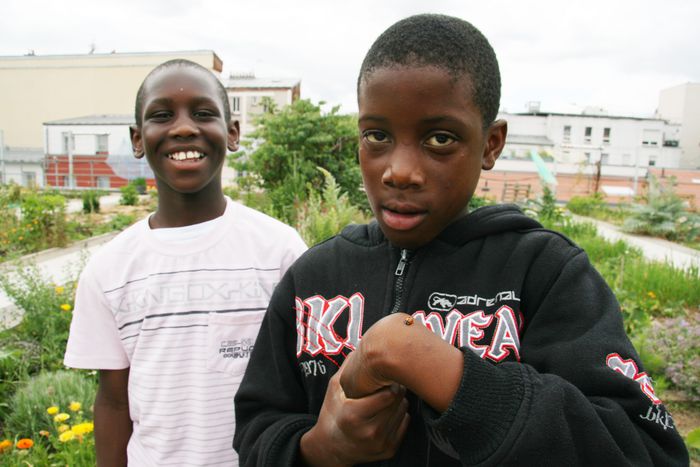
Paris biodiversity: the fertile city
Published on
Translation by:
Annie RutherfordGreen meetings, initiatives and festivals flourish in the French capital in May. The need to return to nature is making itself felt more and more in Europe’s metropolises. In Paris this need has taken shape in the development and care of urban biodiversity. Barcelona-based Italian photographer Greta Gandina has immortalised the protagonists of these patches of urban land
This image gallery is part of cafebabel.com’s 2010-2011 feature focus on Green Europe; read the full set of city special editions
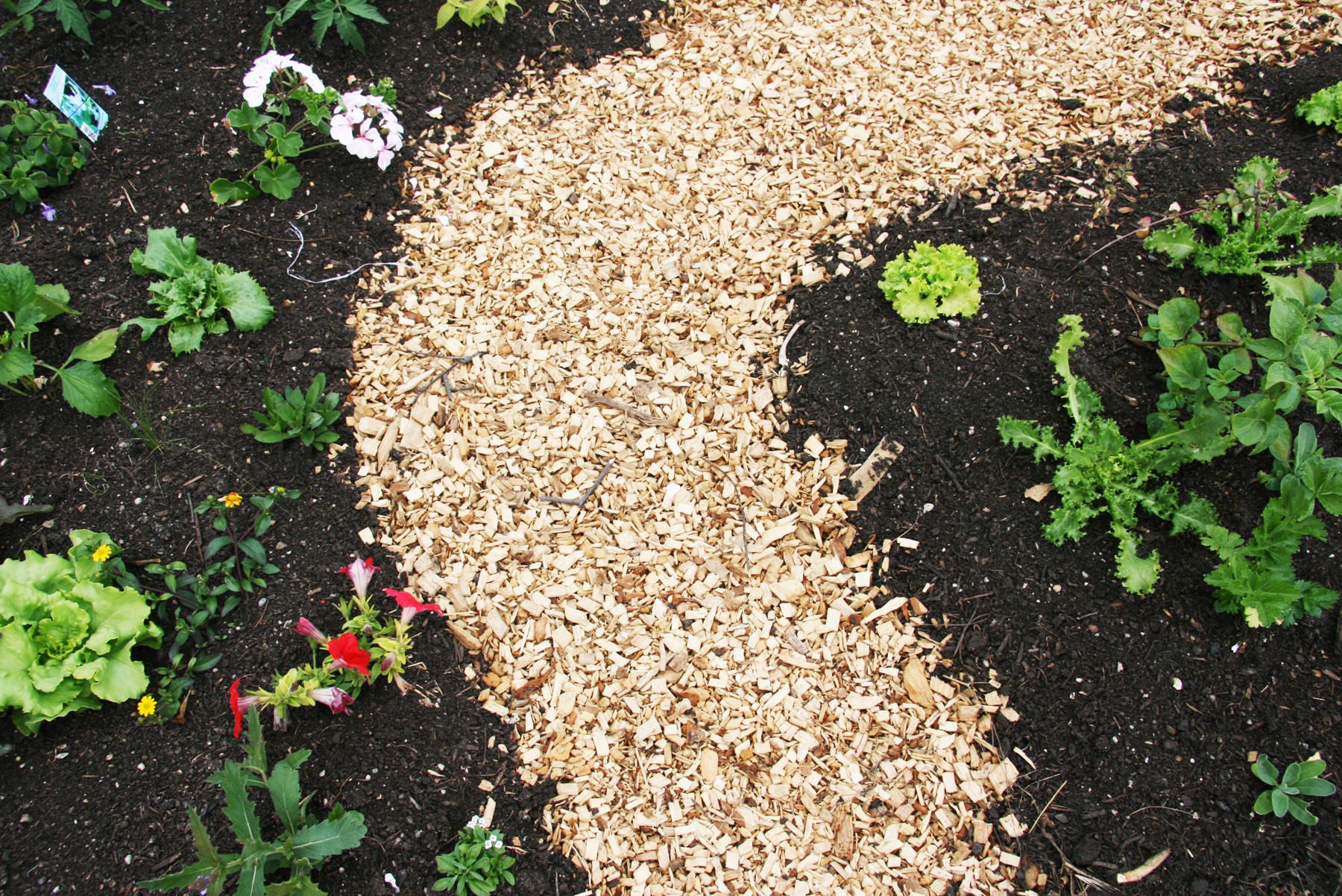
‘Savage in my street’ is a project by the natural history museum which uses a participative approach to city planning favouring biodiversity: citizens themselves help index the city’s plants by choosing a section of street and checking boxes to describe the type of plants found. The results will be used by the museum’s biologists in order to analyse the trends and changes in urban vegetation (Image: © Greta Gandini)
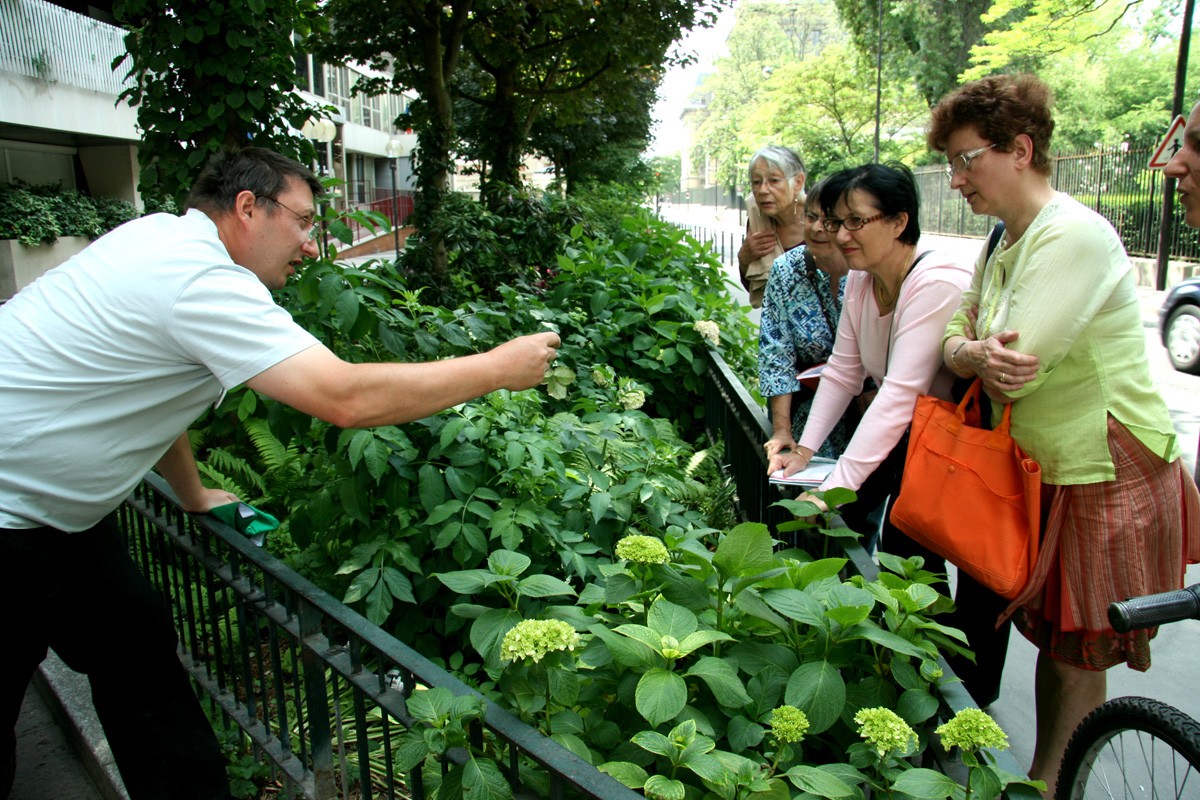
Urban space is rich in flora, a common sight for citizens but one barely recognised or understood. At the event ‘making the urban milieu green’, Simon, a specialist technician at the natural history museum, explains what sort of plants can be found on urban turf and why (Image: © Greta Gandini)
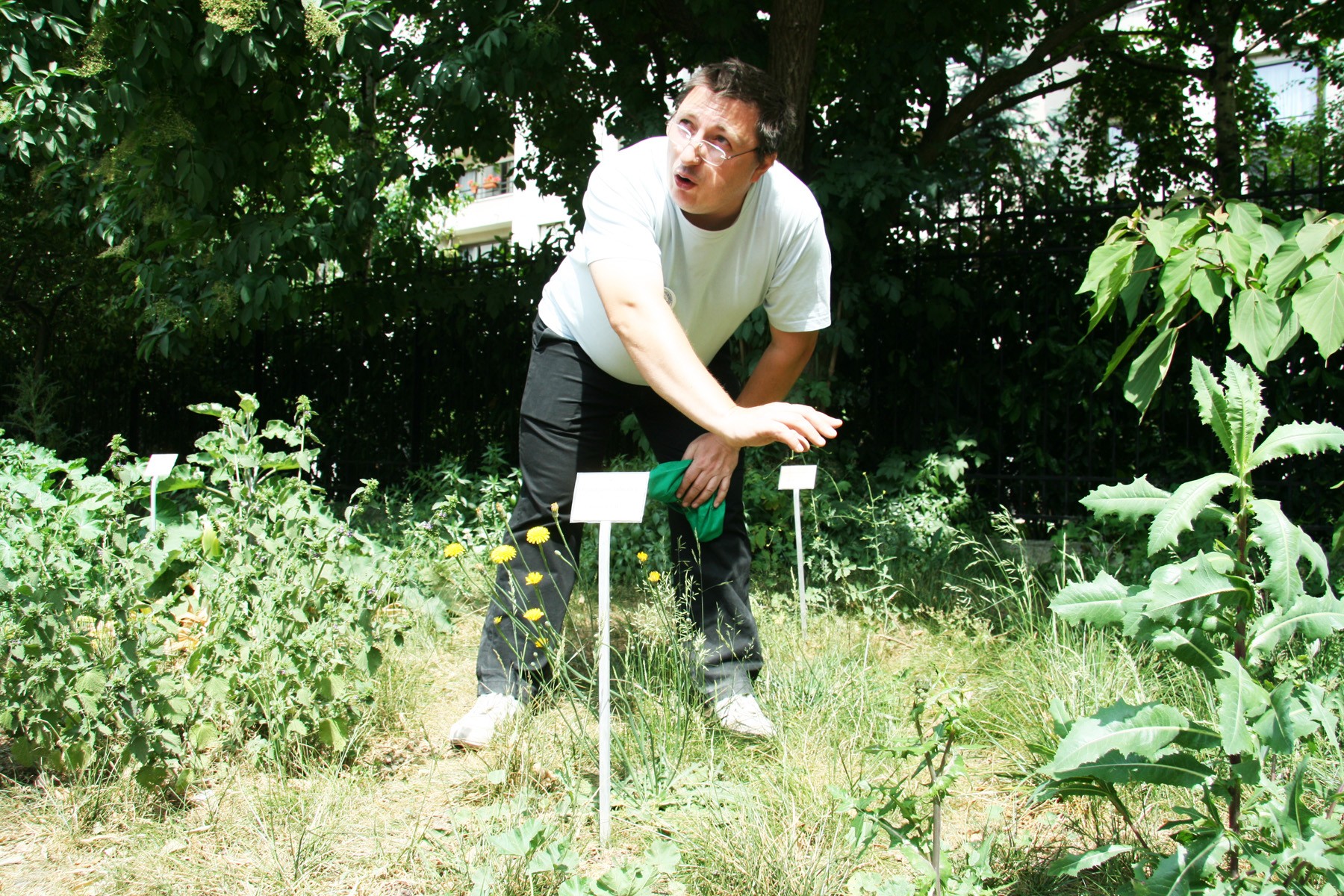
Anthropogenic pressure (from pollution and instability in communities) in towns like Paris favours plants with a brief life cycle, particularly those which are resistant when trampled on, like daisies and herbs (chamomile, chicory, arnica…) (Image: © Greta Gandini)

On 21 and 22 May the national natural history museum’s second fete de la nature or festival of nature was one of many events throughout Paris. An event at the botanical gardens raised awareness of the protection of nature. Meanwhile, about twenty spaces were dedicated to mammals, insects and birds found in the region surrounding Paris, with workshops for children and bird-watching sessions for the public (Image: © Greta Gandini)
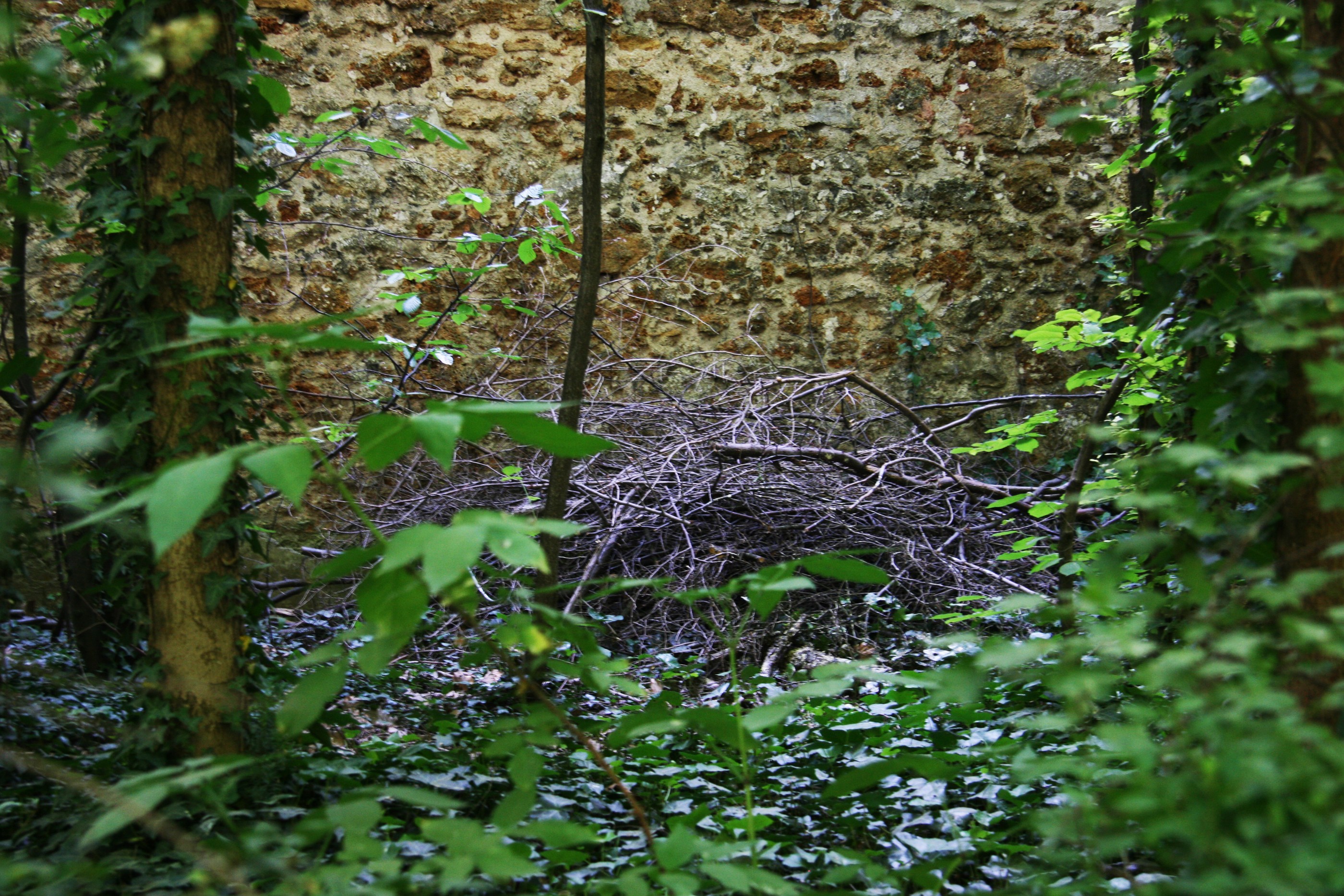
The ‘natural garden’ in the east of Paris was created in 1995. The organic garden is full of indigenous flora typical of the region surrounding Paris, the Ile-de-France. Piles of wood are attractive places for hedgehogs, frogs and newts, as well as for nocturnal animals which use the piles as protection from the light. The dead wood is also food – both for mushrooms and also for invertebrates (Image: © Greta Gandini)
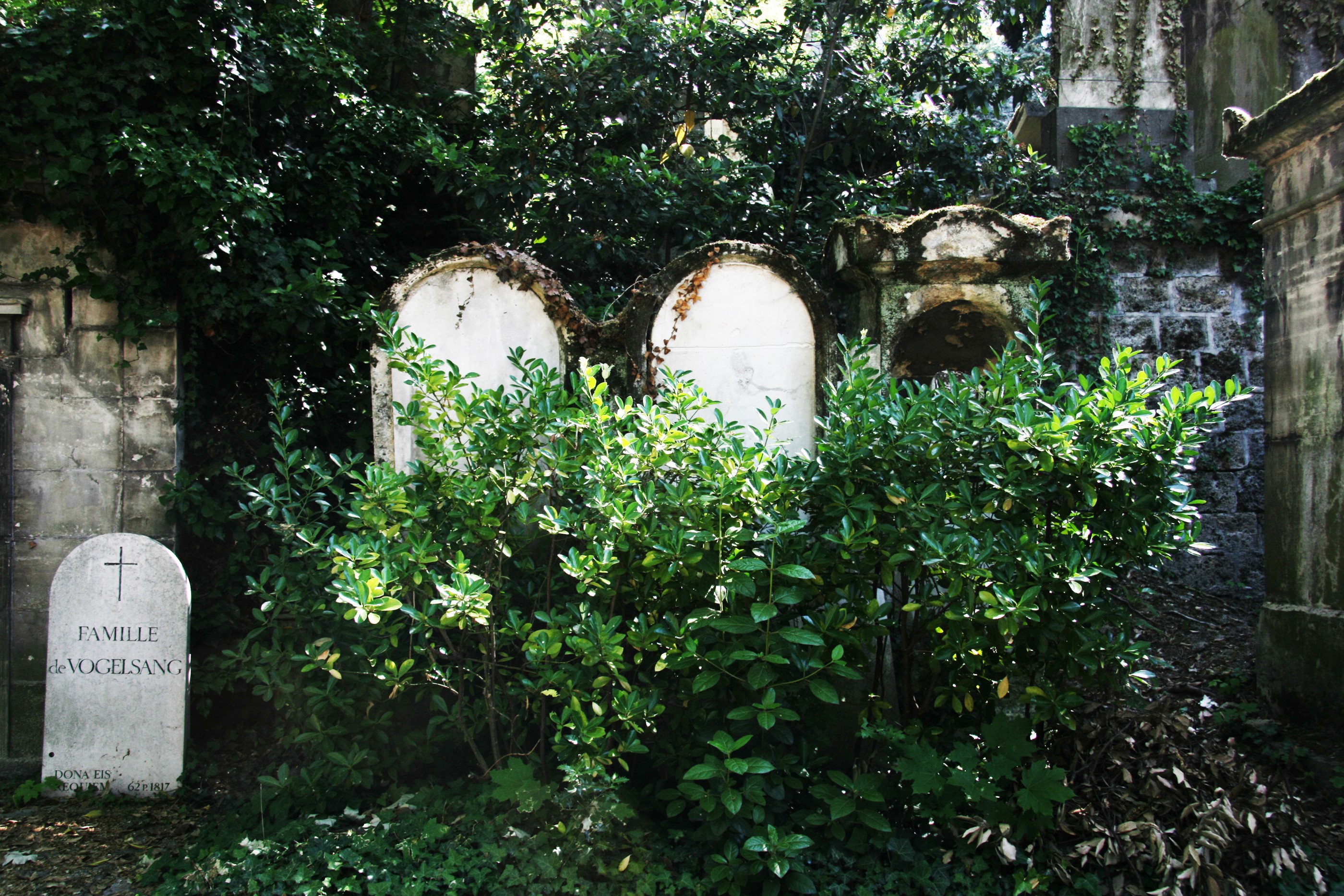
One of the three pilot spaces of the ‘green and blue framework’ (a key measure by ‘environment round table’) from the 2010 plan for biodiversity, the Pere Lachaise graveyard is a veritable environmental oasis. The graveyard’s 44 hectares are home to more than four hundred species of wild plants, indigenous and otherwise (Image: © Greta Gandini)
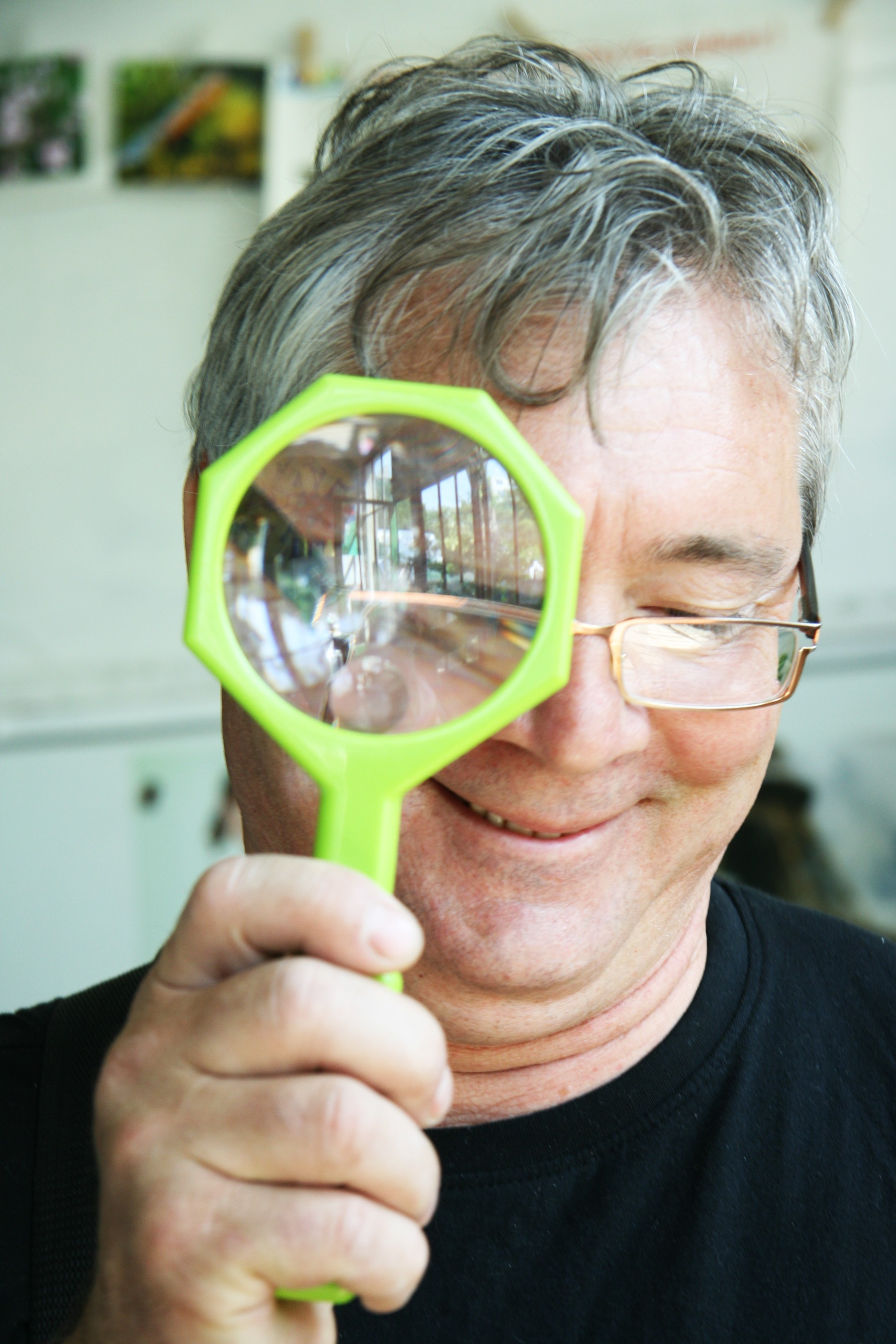
One of the associations promoting biodiversity in Paris is the CNP (whose name translates as ‘Know and Protect Nature’). Alberto Marino Rocho, the CNP’s guardian at the Catherine Laboure garden, works as a teacher with four children at a time in the nearby studio-laboratory facing the garden (Image: © Greta Gandini)

‘Respect for the diversity of nature is the future but that doesn’t mean we all have to become farmers!’ says Ridendo while working in his shared garden. ‘Parisians like spending the weekend in the countryside to play at being ‘green’ but then they use their cars and make fun of the space in their city. However, since the start of the new socialist mayor Delanoe’s mandate, we have been paying more attention to green spaces and the city abounds with gardens such as these. Here you can even eat for free.’ Here you can also suck a passion flower and pick a grape: ‘Ecology is modern and economical!’ (Image: © Greta Gandini)
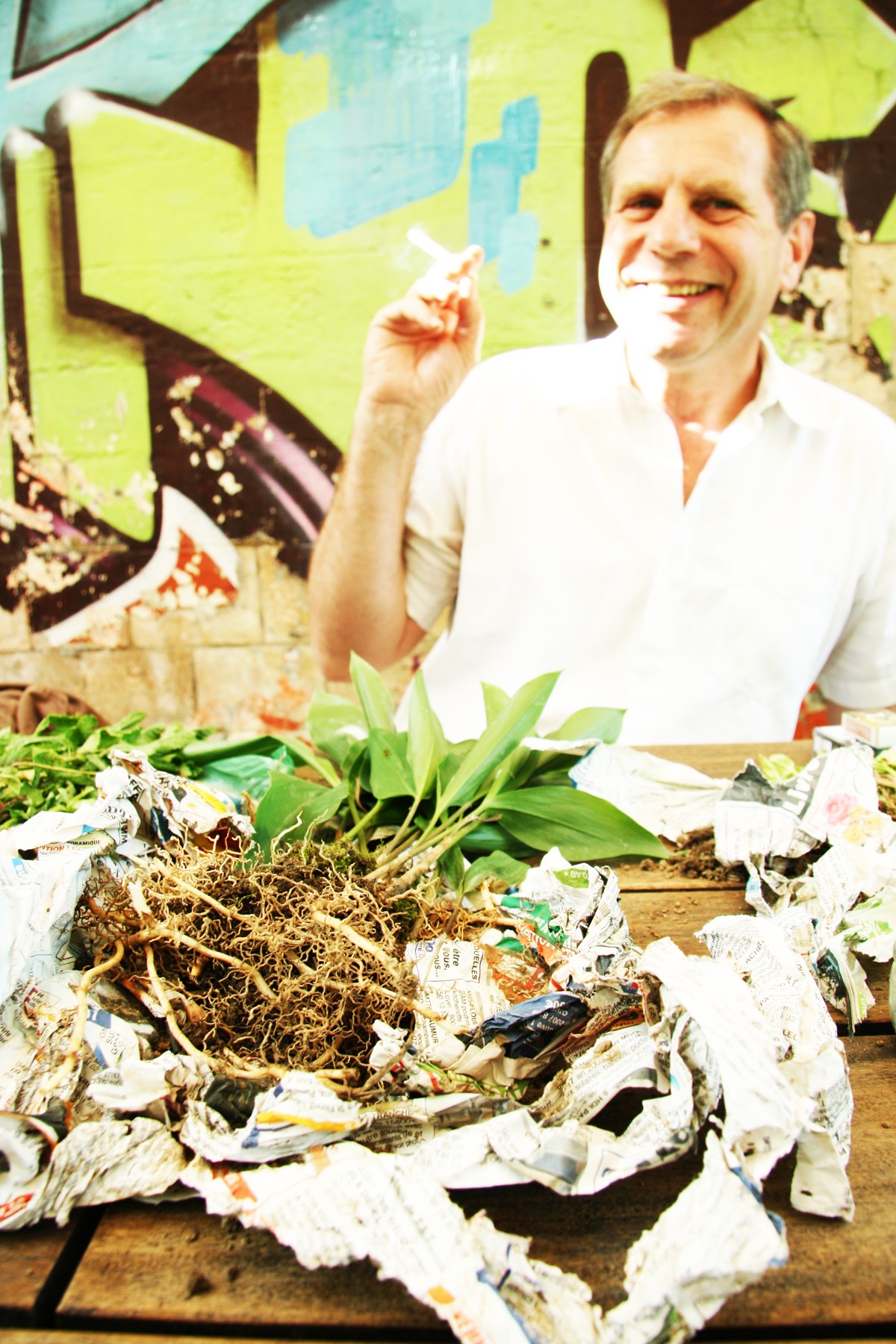
Economic interests play a large part in the destruction of biodiversity. They decided the fate of the lily by genetically modifying it so that it cannot reproduce – and the lily assures a secure income around the first of May, a day when the roads are full of lily sellers. ‘In Nante, lilies are intensively cultured and this has made them infertile. These ones in contrast are very fertile lilies, which I have been growing for years in my garden,’ explains Jordan, who sells the roots of his plants in Paris’ gardens of Ruisseau (Image: © Greta Gandini)
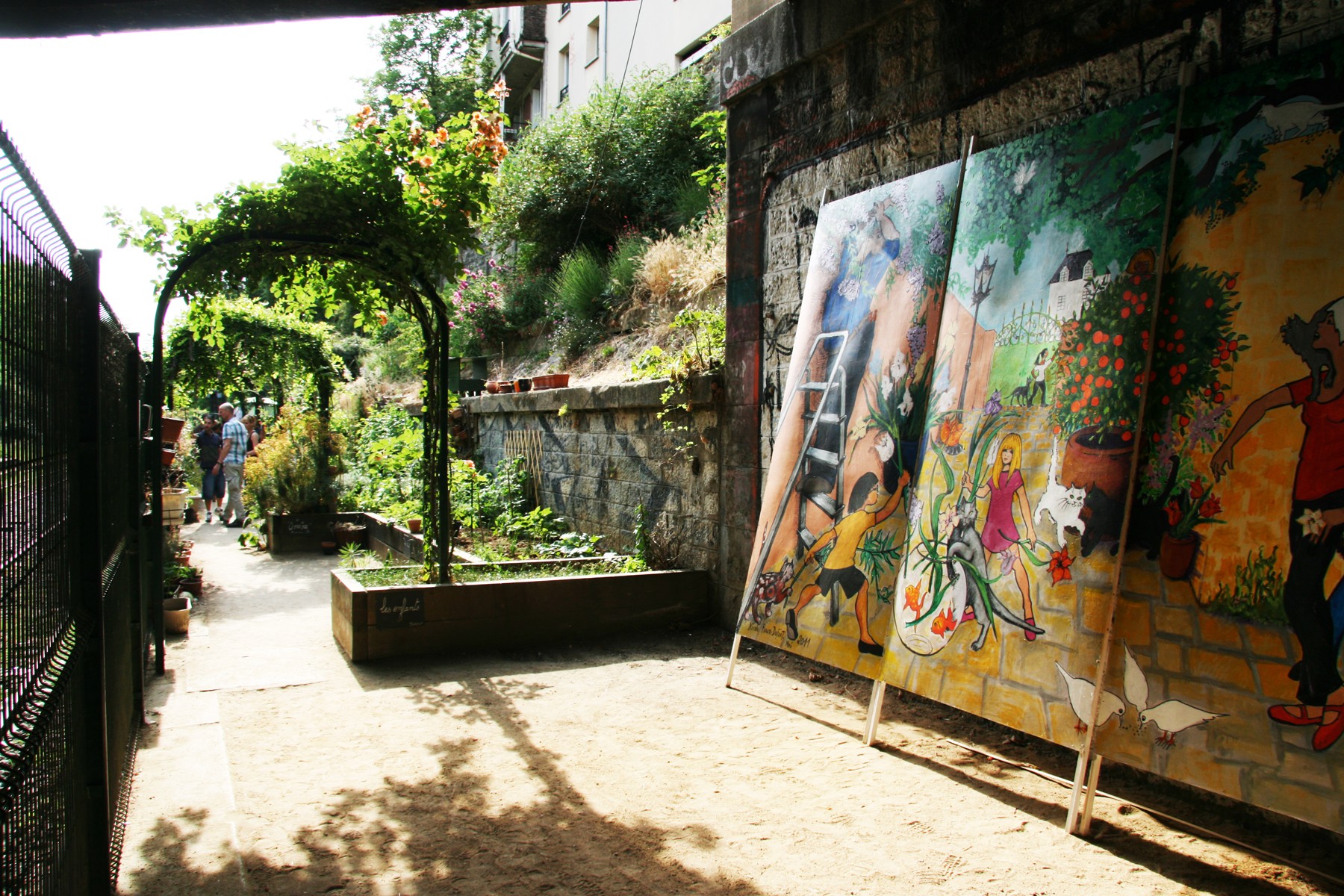
The platforms of this abandoned station are now flowerbeds in ‘Du Ruisseau’, one of Paris’ many shared gardens. The gardens belong to the community and help to raise awareness of biodiversity through the collaboration of schools and associations (Image: © Greta Gandini)

Sylvie (L) created the Multi’Colors association which is active in the neighbourhoods of Reunion and Saint-Blaise in the eastern 20th district of Paris, one of the city's greenest districts (Image: © Greta Gandini)
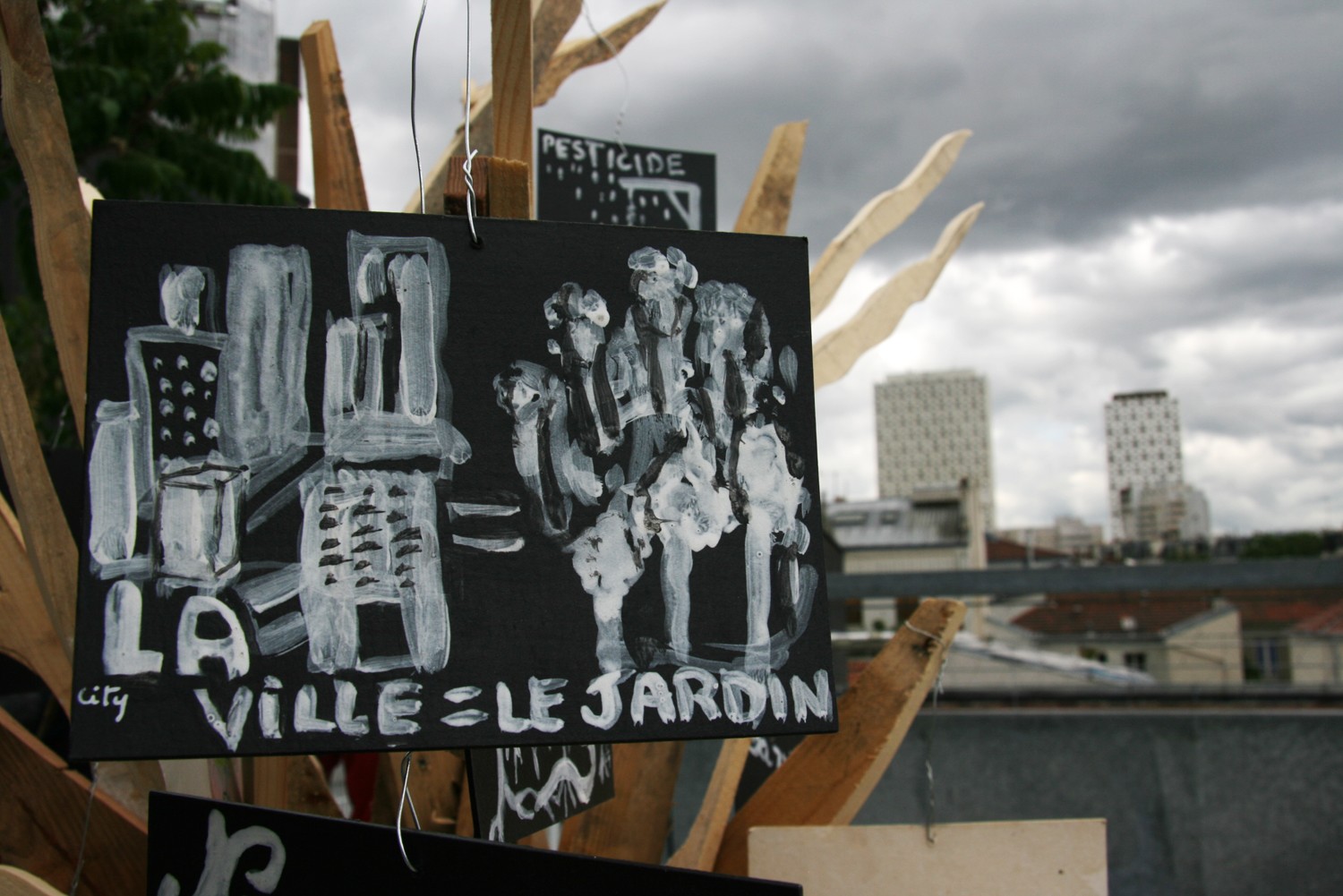
Multi’Colors brings together artists, gardens and those involved in raising awareness of the environment and volunteers to work with victims of social exclusion on the creation of projects which aim to make Paris more green – and which pay attention to the environmental and the social dimension. ‘It isn’t enough to have a green politics – the people also have to get involved in caring for spaces of biodiversity,’ finishes Sylvie (Image: © Greta Gandini)
Translated from Parigi e la biodiversità: la ville fertile



